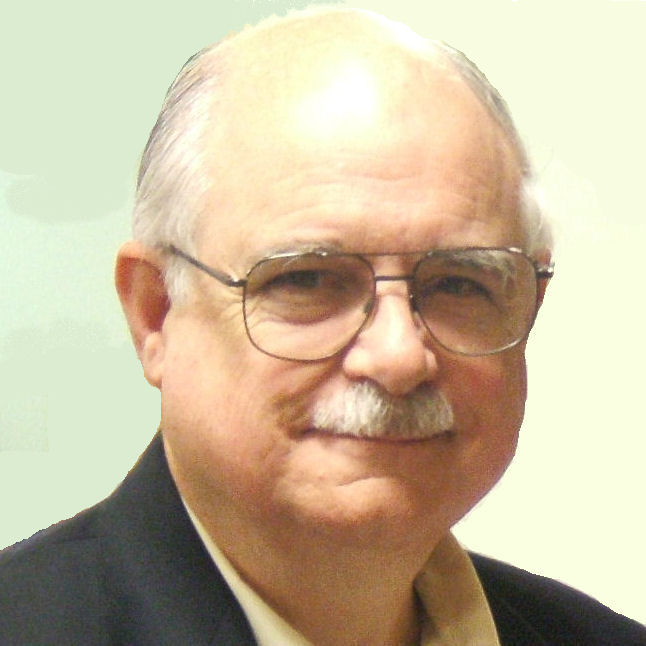
 |
Collecting The Stamps of Our Neighbor To The North
By John M. Hotchner
 The U.S.-Canadian border, excluding Alaska, is approximately 3,987 miles. Thirteen states share that border with Canada.
The U.S.-Canadian border, excluding Alaska, is approximately 3,987 miles. Thirteen states share that border with Canada.
Previously, I have written about gaining perspective on collecting the USA by expanding out to collecting a Central or South American country. I firmly believe, as one who has done so, that this is a helpful side street to mosey down.
In that earlier article I promised to talk about the importance of Canada to North American philately. Again, I do this as a Canada collector; one who enjoys the country's varied philatelic challenges. Collecting Canada not only helps to open a window on the similarities and differences between our two countries and peoples, it also shows how interactive and interdependent we have become.
Many aspects of Canadian philately closely mirror U.S. collecting specialties, from the classics (Canada's first stamps, the 3-pence "Beaver," the 6p Prince Albert, and the 12p Queen Victoria, were issued in imperforate form in 1851. Our first issue was only four years earlier.
The first perforated stamps were released in 1858. Ours were 1857. Major new series were introduced in Canada in 1859, 1868, 1897, 1903 and 1911. The first commemorative-sized stamps, the Queen Victoria Jubilee, 11 stamps with values to $5 — a good match to our Columbians (1893) and Trans-Mississippis (1898) — were issued in 1897; provoking the same kinds of protests from collectors feeling that they were being gouged.
Canada's stamps were engraved, as were our stamps for the first 120 or so years. Their "back of the book" looks roughly similar to ours: air mail, special delivery, postage due, air-special delivery, registered, officially sealed, revenues, postal stationery; but with some categories not found in U.S. philately: OHMS (On His/Her Majesty's Service) perfins, and War Tax.
Other areas that can be found in Canada that add spice include, like U.S., precancels, perforation/separation experiments, booklets, coils, fancy and geometric cancellations, and early machine cancels including flag cancels.
Unlike U.S., the collector can be tantalized with many more overprints and revaluations on Canadian stamps, many more tagging variations, identifiable different printings of many more recent definitives and some commemoratives.
Where the U.S. has over 4,500 postage and postage due stamps, Canada has "only" about 2,500, which makes it easier to collect, and less expensive. Canada has fewer complexities of perforation, watermark, flat/rotary printings, etc. Most Canadian stamps are affordable in used condition, and a complete collection is possible, which is truly no longer the case with U.S., as so many of our stamps exist in tiny quantities that rarely see the philatelic marketplace.
For the person with deep pockets, several Canadian provinces (British Columbia, Vancouver Island, Prince Edward Island, Nova Scotia, New Brunswick, and Newfoundland) issued their own stamps prior to joining Canada. Not all of these stamps are expensive, but the issues prior to 1870 can be quite pricey. The purist will say you can't collect Canada without including these, but I don't think they are essential for the collector whose primary focus is the United States (who might or might not try to put together a creditable collection of Hawaii, the parallel to the Canadian provincials).
The one area that is a mystery to me is EFOs, where Canada has a comparable number of errors, freaks and oddities, but the price per (flawed) Canadian stamp is generally much higher than for U.S. varieties.
For those interested in specialized philatelic by-ways between the two countries, there is the collecting of what are known as cross-border covers, mail sent from one country to the other; especially prized are 19th century covers. Also, a growing area of interest is the collecting of Canadiana on stamps of the world, but especially on stamps of the U.S. There is even a specialty society, The Canadiana Study Group, which puts out an excellent bimonthly journal.
It is amazing the number of Canadian designers, famous people with Canadian connections, and common historical threads that can be found. I suspect the same is true with respect to U.S. connections on Canadian stamps, but this is an area awaiting discovery. For those interested in the Canadiana Study Group, contact John G. Peebles, P.O. Box 3262, Station A, London, Ontario, Canada N6A 4K3, for more information.
Canada is alive with active local clubs, national specialty societies, and shows, exhibitions and bourses. For those who vacation in Canada, it is worth joining the Royal Philatelic Society of Canada (Canada's APS!) just to keep up with the various activities, and perhaps find a way to match an event to your travel plans.
Contact the RPSC via the Director, National Office Peter Butler. Another way to do this is to subscribe to Canadian Stamp News.
Other aids include a great deal of specialized literature covering Canada in all its variations, and several clubs beyond those already mentioned. Let me note a few:
- The Canadian Aerophilatelic Society; Chris Hargreaves.
- The British North America Philatelic Society.
- The Postal History Society of Canada; contact Stéphane Cloutier.
Should you wish to comment on this editorial, or have questions or ideas you would like to have explored in a future column, please write to John Hotchner, VSC Contributor, P.O. Box 1125, Falls Church, VA 22041-0125, or email, putting "VSC" in the subject line, at jmhstamp@verizon.net.
Do you collect Canadians stamps and covers while residing in or a citizen of another country? Join us in the message board and tell us about it.